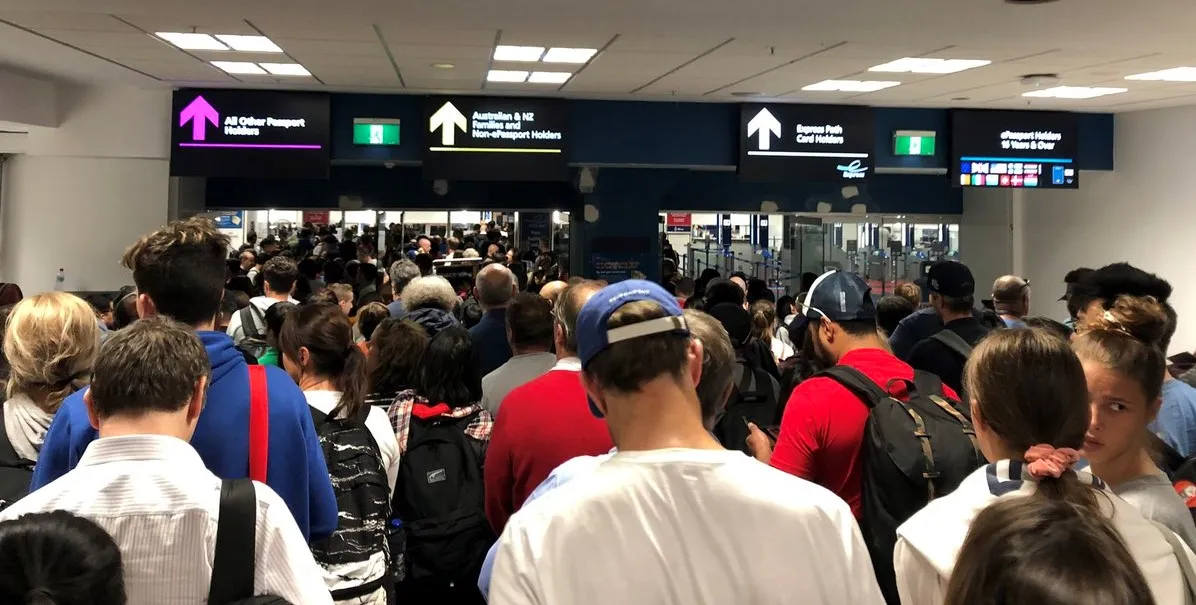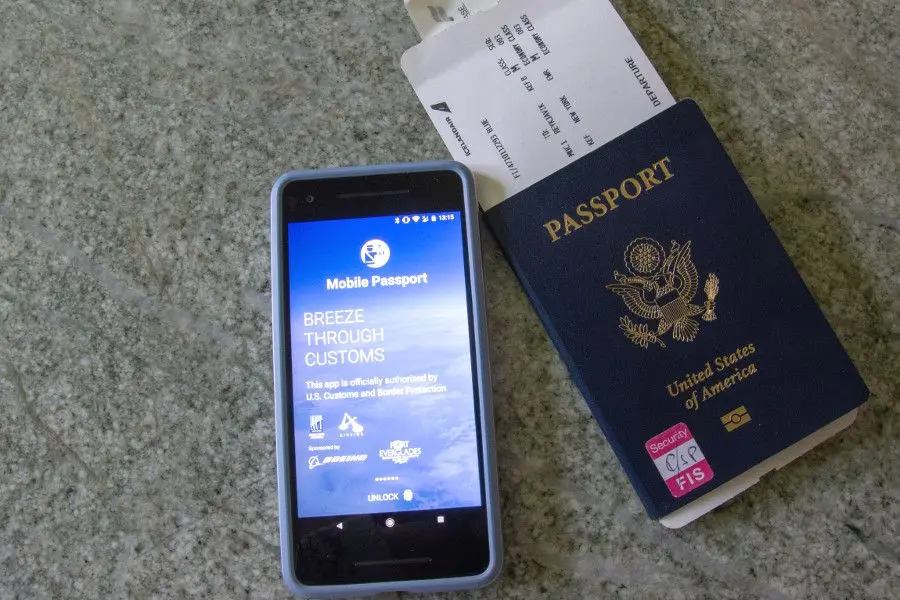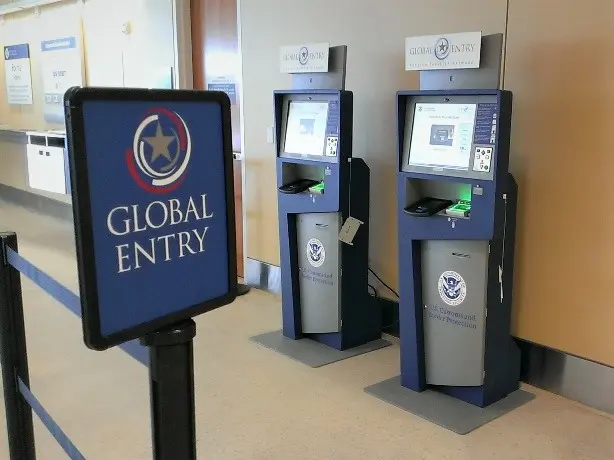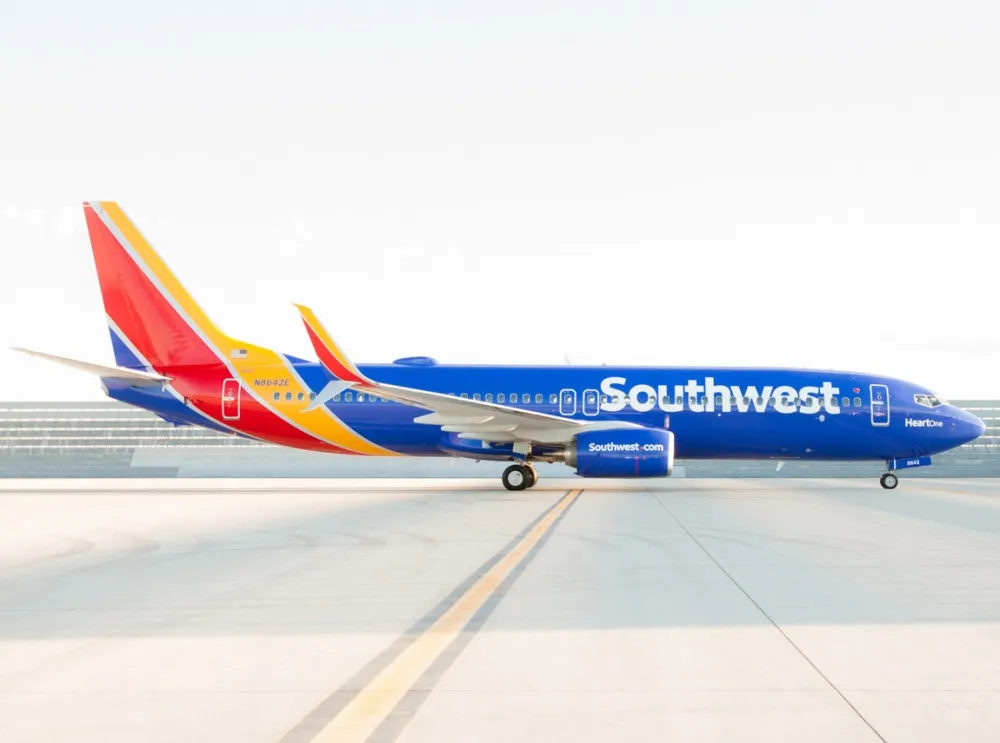
SmartGate outage causes chaos in Australia
Apr 28, 2019

A significant outage of the SmartGate system in Australia has led to widespread disruption at airports across the country, causing long delays and frustration for travelers. The SmartGate technology, used for automated passport control, experienced technical failures, resulting in lengthy queues and increased wait times for passengers. Authorities reported that the outage affected both domestic and international flights, prompting manual processing of travelers, which further exacerbated the situation. Airport staff scrambled to assist overwhelmed travelers, but the chaos highlighted vulnerabilities in the system and raised concerns about the resilience of airport infrastructure during peak travel times.
The recent "SmartGate outage" in Australia has created significant disruption for travelers, causing chaos at major airports across the country. This breakdown in technology affected the automated border control system that many passengers rely on for a smooth travel experience, resulting in long queues and frustrated travelers. In this article, we will explore the causes of this outage, its impact on travelers, and how it reflects on the reliability of automated systems in airports.
Understanding SmartGate Technology
SmartGate is an automated border control system used by the Australian government to expedite the processing of international travelers. By utilizing biometric technology, it allows passengers to scan their passports and facial images to verify their identity. This system is designed to facilitate faster processing times and improve overall efficiency at airports.
Causes of the Outage
The recent "SmartGate outage" was attributed to a combination of technical failures and software glitches. According to reports, the system experienced significant downtime due to an unexpected surge in traffic coinciding with holiday travel. The increased volume of travelers overwhelmed the system, leading to a cascading series of failures.
Moreover, the maintenance protocols in place were unable to cope with this unprecedented demand, resulting in the system going offline temporarily. This incident highlights the vulnerability of relying on automated systems, particularly during peak travel seasons.
Impact on Travelers
The fallout from the "SmartGate outage" was immediate and widespread. Passengers arriving at major airports, such as Sydney and Melbourne, faced extremely long wait times as they were redirected to manual processing lanes. This situation was exacerbated by the fact that many travelers were unaware of the outage, leading to confusion and frustration.
Reports indicated that some passengers waited for over two hours to clear customs, causing missed connections and added stress to their travel plans. The situation was further complicated by the fact that many international flights were arriving simultaneously, creating a perfect storm of chaos at the airports.
Traveler Feedback and Reactions
Feedback from travelers during the "SmartGate outage" was overwhelmingly negative. Many took to social media to express their frustration, with some labeling the situation as a “nightmare” and “unacceptable.” The sentiment among travelers reflected a growing concern over the reliability of automated systems in critical areas such as airport security and customs processing.
To illustrate the impact, the chart below summarizes traveler feedback based on a survey conducted during the outage:
| Feedback Category | Percentage of Travelers |
|---|---|
| Frustrated | 65% |
| Confused | 25% |
| Understanding | 10% |
Lessons Learned from the Outage
The "SmartGate outage" serves as a critical reminder of the importance of having contingency plans in place for automated systems. While technology can enhance efficiency, it also poses risks when it fails. Airports must develop robust backup systems and better communication strategies to inform travelers during such incidents.
Furthermore, the outage underscores the need for regular maintenance and updates to the SmartGate system. By ensuring that the technology is equipped to handle unexpected surges in traffic, airports can minimize disruptions in the future.
Future of Automated Travel Systems
The incident raises questions about the future of "automated travel systems". As more countries adopt similar technologies to expedite border control processes, it is essential to strike a balance between efficiency and reliability. Travelers increasingly expect seamless experiences, and any disruption can lead to significant dissatisfaction.
In response to the "SmartGate outage", airport authorities are likely to reassess their reliance on automation and explore alternative solutions. This may include enhancing staffing levels during peak travel times or investing in more advanced systems that can better manage high volumes of travelers.
Conclusion
The "SmartGate outage" in Australia was a stark reminder of the challenges associated with automated travel systems. While technology offers numerous benefits in terms of efficiency and speed, its reliability must be ensured to avoid chaos and frustration among travelers. As airports continue to innovate and improve their processes, they must take these lessons to heart, ensuring that their systems can withstand unexpected pressures and provide a positive travel experience for all.
Related Articles

Explore Thailand: The Best Islands to Visit for Paradise, Adventure, and Relaxation

The Ultimate Guide to the Best Islands in Thailand for Your Next Getaway

Do babies need passports? How to get a passport for a newborn

How to get a U.S. passport fast: here’s how to expedite the process

What is Mobile Passport Control: 5 reasons why you should use it

SENTRI vs. Global Entry: A detailed guide

Do you need a passport to go to the Bahamas? Let’s find out

Do you need a passport to go to Mexico? A detailed guide

Do you need a passport to go to Canada? We got the answer

Do You Need a Passport for a Cruise: An Essential Travel Guide

Booster Seat Requirements: All the Rules to Follow in Your Rental Car

What Are the World’s Most Powerful Passports, and How Does Yours Rank?

How to Take a Passport Photo at Home: A Helpful Guide

You've got to have heart! Southwest's new livery

Your opinion: Should water be free on low cost carriers?

Young women bolder than guys as solo travellers
